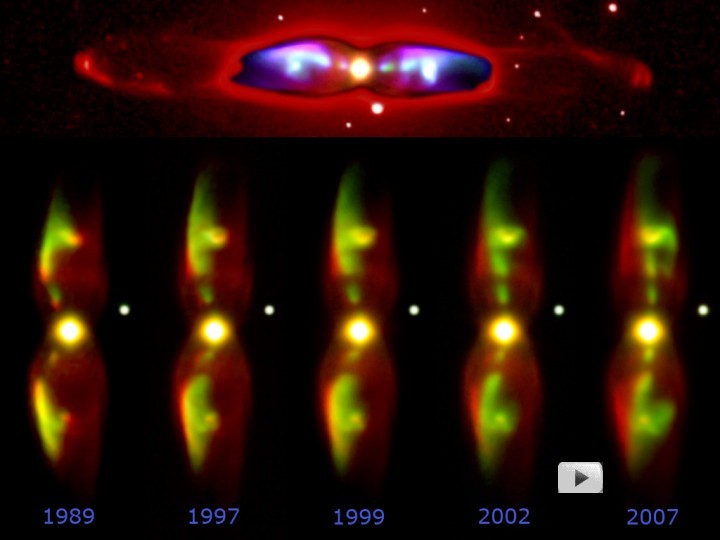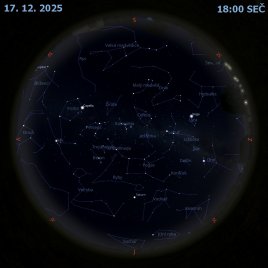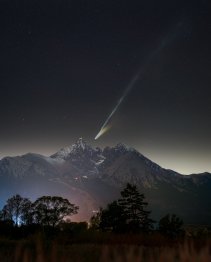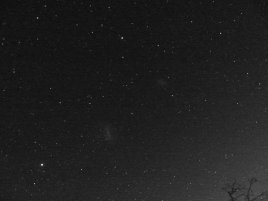Monitorování M2-9

Uznání: R. Corradi, M. Santander-Garcia (Isaac Newton Group, IAC), Bruce Balick (U. Washington)
Při zkoumání spousty tvarů, které se nacházejí v kosmickém zoo plném planetárních mlhovin, se někteří astronomové zaměřili na úchvatný případ M2-9. M2-9 ve vzdálenosti asi 2100 světelných let má přes jeden světelný rok a je známa jako dvojitý výtrysk nebo motýlí mlhovina, vzhledem ke své výrazné bipolární symetrii. Monitorování M2-9 pozemskými dalekohledy ukazuje v průběhu mnoha let podstatný postup útvarů od západu na východ (zleva doprava), jak ilustruje tato koláž. Zdánlivý pohyb by mohl být způsoben energetickým rotujícím paprskem, který přejíždí přes materiál mlhoviny. Astronomové argumentují, že paprsek kolimují interakce hvězdných větrů dvojhvězdy ve středu M2-9. V podvojné soustavě obra a horkého bílého trpaslíka jeden kolem druhého obíhá každých 120 let. Klikněte na snímek a podívejte se na animovaný gif M2-9.
NASA Official: Phillip Newman Specific rights apply. NASA Web Privacy Policy and Important Notices
A service of: ASD at NASA / GSFC & Michigan Tech. U.
Odkaz na originální APOD


